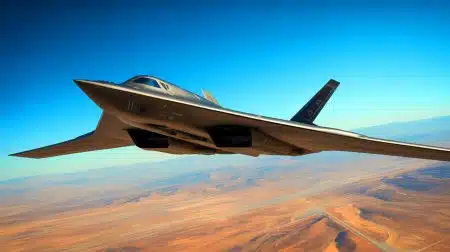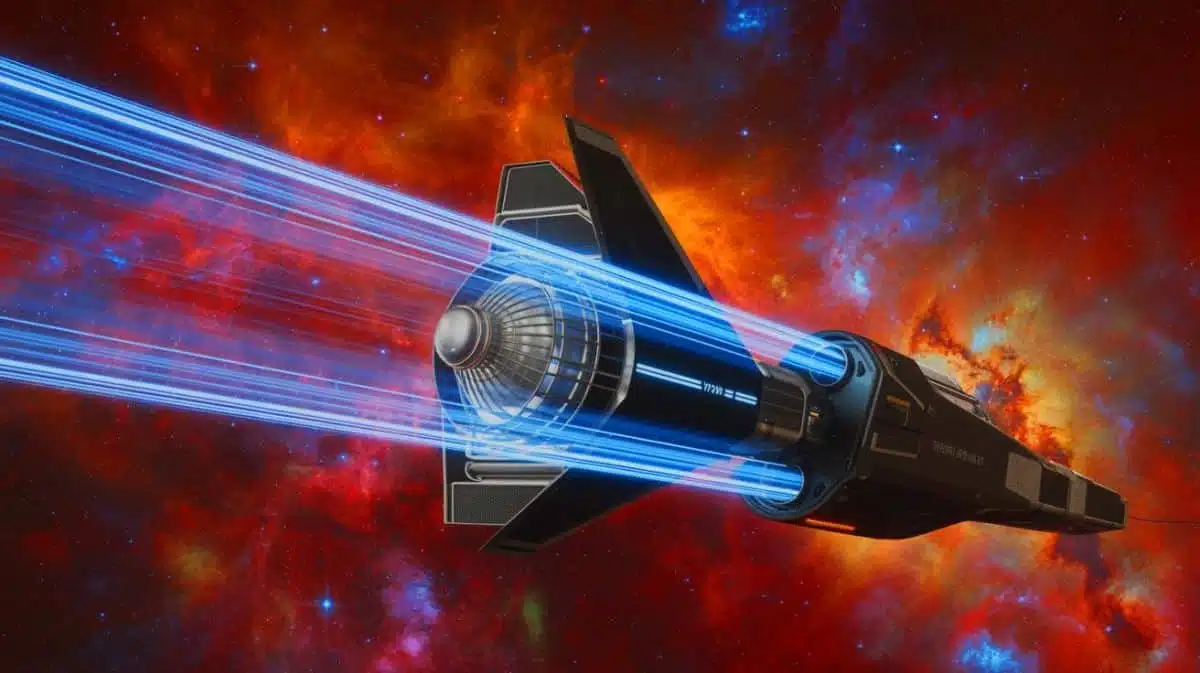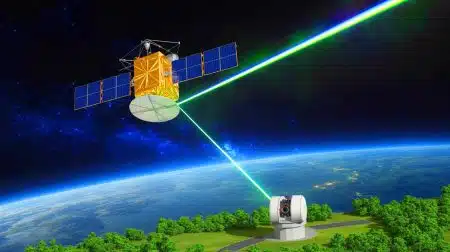| IN A NUTSHELL |
|
In the dynamic and ever-evolving world of space exploration, the concept of a propellant-less drive has captured the imagination of scientists and dreamers alike. The notion of generating thrust without expelling mass could completely transform the way we navigate the cosmos. Recently, a significant development has emerged from Exodus Propulsion Technologies, led by former NASA engineer Charles Buhler. The company claims to have harnessed a “New Force” that defies the established laws of physics, potentially paving the way for groundbreaking advancements in space travel.
The Birth of the Impossible Drive
The pursuit of a reactionless drive gained momentum in 2001 when British Electrical Engineer Roger Shawyer introduced the EmDrive. This so-called “impossible drive” was said to challenge conventional physics by operating without the need for propellant. Despite the excitement surrounding this innovation, the scientific community was skeptical, noting the potential violation of the conservation of momentum.
Over the following years, rigorous testing was conducted to determine the feasibility of the EmDrive. By 2021, it became evident that the device could not deliver the promised results. Nonetheless, the allure of a propellant-less drive continued to inspire researchers, fueling the quest for new technologies that could revolutionize space exploration.
The Emergence of a New Challenger
Amidst the fading hopes of the EmDrive, a new contender emerged under the leadership of Charles Buhler. Drawing from his extensive experience at NASA’s Kennedy Space Center, Buhler co-founded Exodus Propulsion Technologies with the aim of developing a drive powered by a “New Force.” This innovative technology claims to utilize electric fields to generate sustainable thrust without expelling mass, a feat that could redefine the boundaries of physics.
Buhler and his team, comprised of experts from NASA, Blue Origin, and the Air Force, emphasize the importance of independent verification to substantiate their claims. The potential implications of such a discovery are profound, offering the possibility of unlocking a new era of propulsion technology and space travel.
The Role of Electrostatics in Propulsion
Central to Buhler’s propulsion technology is the strategic use of electrostatics. His team has discovered that systems exhibiting asymmetry in electrostatic pressure or divergent fields can produce a non-zero force component, allowing for the creation of thrust without the need for propellant. This breakthrough represents a significant departure from traditional propulsion methods, offering a tantalizing glimpse into the future of space exploration.
By generating sufficient thrust to counter Earth’s gravity, Buhler’s drive could potentially enable extended space missions and open up new frontiers for human exploration. The implications of such a technology extend beyond space travel, potentially influencing a myriad of fields reliant on propulsion systems.
Navigating the Path of Scientific Scrutiny
While the claims of a propellant-less drive are undeniably intriguing, the journey towards validation is fraught with challenges. The scientific community remains cautious, highlighting the need for comprehensive, third-party research to confirm the results. The story of the EmDrive serves as a reminder that initial successes can sometimes be overturned by subsequent studies.
Despite the skepticism, the prospect of a revolutionary propulsion system continues to captivate the imagination of scientists and enthusiasts worldwide. The potential to discover an unknown quirk of physics could open up new realms of possibility in space exploration. As Buhler and his team move forward, the world watches in anticipation, eager to see if their ambitious claims will withstand the scrutiny of scientific inquiry.
As we stand on the cusp of potentially transformative advancements in propulsion technology, one cannot help but ponder the future of space exploration. Will the discovery of a “New Force” fundamentally alter our understanding of physics, or will it become another chapter in the ongoing quest for innovation? What other mysteries of the universe might we uncover as we continue to push the boundaries of human knowledge and capability?
Did you like it? 4.4/5 (27)








Wow, this sounds like science fiction become reality! Can’t wait to see if it’s legit! 🚀
If this works, it could change everything we know about space travel. But is it too good to be true?
Hmm, sounds a bit like the EmDrive 2.0. Let’s hope it doesn’t end up the same way.
Can someone explain how this “New Force” doesn’t violate the conservation of momentum?
Thank you, Charles Buhler, for daring to dream big! 🙌
Intersting article! But I remain skeptical until there’s solid evidence.
Electrostatics in space travel? That’s a new one for me!
Isn’t this just another overhyped tech that will fizzle out? 🤔